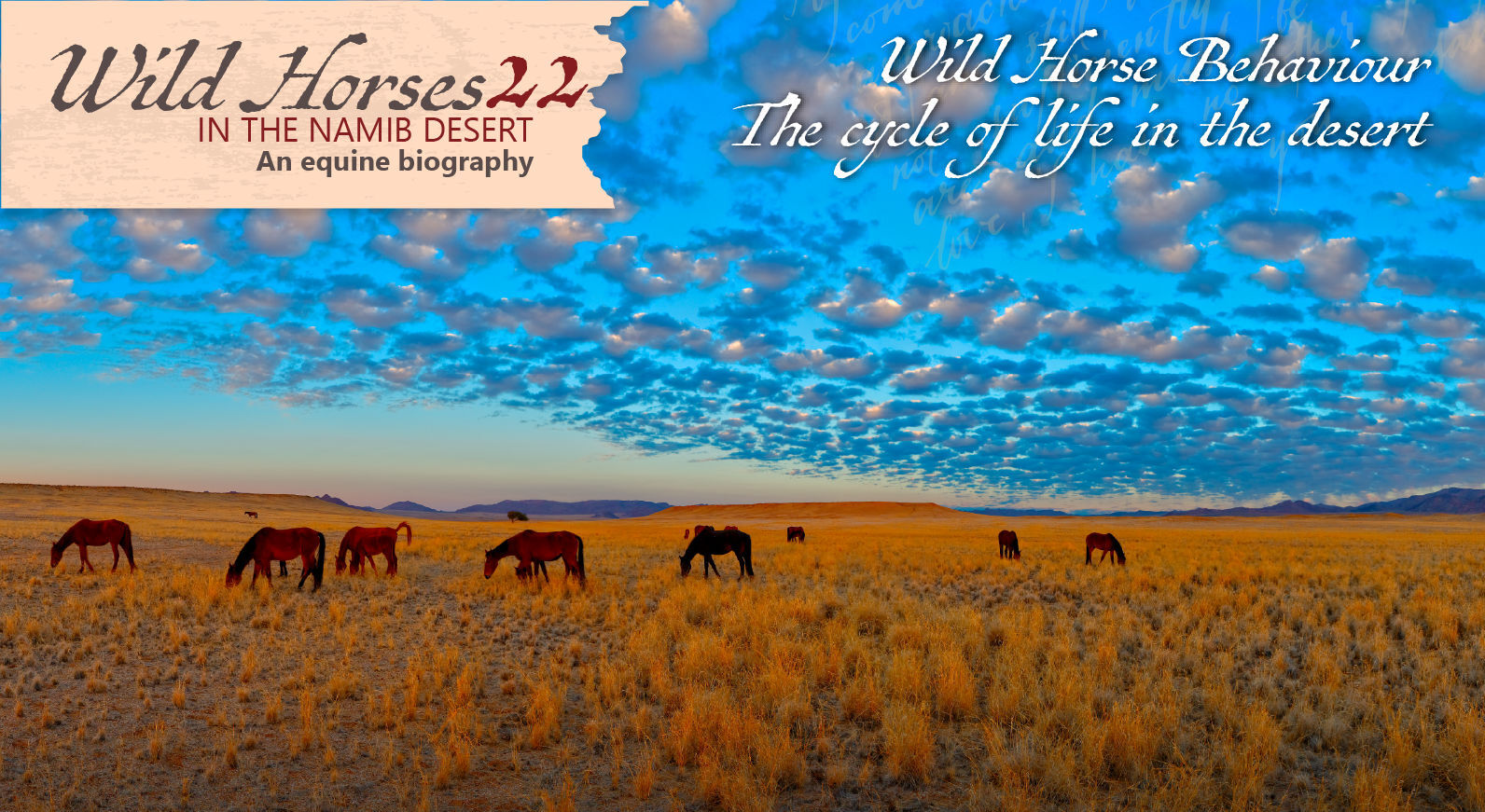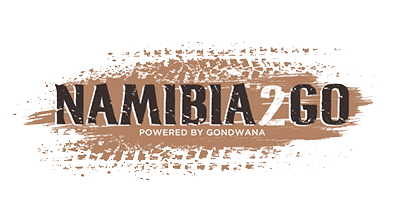Set in southern Namibia, Great Namaqualand, ‘Bittersweet Karas Home’ is the story of three families, the Hills, Walsers & Hartungs, whose lives merge and intertwine in a semi-arid land that presents both hardship and blessings. Over the next few months, we would like to share this bittersweet saga with you from the (as yet) unpublished book.
CHAPTER ONE (cont . . .)
Inheriting Groendoorn
Charles Henry Hill died in 1900 of a heart attack on his farm Groendoorn, two-and-a-half years after his son was shot at Xamsib Kloof. If his move to Groendoorn had been a strategy to avoid a frontier where men died young, he had partially succeeded, gaining several decades of relative respite from conflict for himself and his family.
His untimely death at the age of 66 was a tremendous loss. With him died the direct link to English culture, the passport to the white community, the links to the Eastern Cape extended family and his trading and farming networks. He had, unfortunately, not passed all of his skills on to his sons.
The 205 961-hectare farm was split into equal parts amongst the remaining children. This division did not come into effect immediately because Susanna Rosina Hill became the head of at least half of the farm and the division outlined here would only occur after her death 20 years later. Whereas the British custom was that only the first-born son inherits, the split inheritance was according to the Dutch South African tradition. All parts were roughly the same in size and there were equal shares for sons and daughters. The Hills, with their history of formidable women, decided to embrace the Behrens tradition of the family in this respect.

Marriages and mysteries
Charles Henry’s daughters were educated in respectable schools and would all marry, with the exception of Agnes. Margaret Susan married the Swiss farmer and trader, Carl Wilhelm Walser, who owned Ukamas; Elizabeth married the Swede, Karl Arthur Örtendahl, a storekeeper and an employee of the Karaskhoma Syndicate or South African Territories Ltd (SATCO), who later became the Swedish Consul; and Wilhelmina Charlotte married the German trader, Emil Friedrich Hartung, who farmed on Enos in the Greater Karas Mountains. The Hill, Walser and Hartung destinies would intertwine in later years.
Of the four Hill sons: James Henry was shot in 1897, Donald Duncan died a bachelor in 1934, Charles John lived with common-law wife, Sarah Vries, and Ronald Martin married Magrieta Vries. The sons had a home-based education: home schooling under their mother’s guidance, several private tutors and a mission school education. Not having white spouses, like their sisters, they were considered less respectable.
A wedding that failed to happen
Agnes Hill was not initially the odd one out among her sisters. In 1894, she and Max von Quitzow were engaged to be married in Keetmanshoop, but her prospective husband perished in the Namib Desert within days of the envisaged wedding.
Fiancé, Max Kuno Ernst Hermann Ludwig von Quitzow, cavalryman and farmer, could trace his forefathers to thirteenth century Brandenburg. Max was born in Schwerin, Mecklenburg, on 23 September 1863. He arrived with the second Schutztruppe group in 1889, following in the footsteps of his brother, Hans Ulrich, who was the first Schutztruppe lieutenant in 1888. After four years, Max left the military and became Ernst Hermann’s business partner in the Schäfereigesellschaft (Sheep Farming Company) on Kubub, near Aus. The land had once belonged to Adolf Lüderitz and was passed on after his death to the Deutsche Kolonialgesellschaft für Südwestafrika, Hermann’s employer. Bethany’s Captain Joseph Frederiks and Hermann signed a hire purchase contract in 1891. To complicate matters, Hendrik Witbooi declared that Kubub and !Nomtsas were Witbooi land and contested this transaction. The Bethany and Gibeon captains exchanged letters expressing their diverging positions on the land issue but could not resolve their differences.
Hermann and Von Quitzow established the first experimental wool farm in the colony. They asked for Schutztruppe protection because they feared Witbooi attacks, but were informed that such protection was unavailable. In November 1893, the Witboois ransacked and destroyed the farm, stealing sheep worth RM60 000. Hermann, his wife and Von Quitzow fled to Lüderitzbucht.
Although Lüderitzbucht was Great Namaqualand’s gate to the world, it had few inhabitants. Everybody knew everybody, whether resident or visitor. Hospitality and mutual help were essential survival tools in the desert coastal settlement. The Berseba missionary, Hegner, was in the Bay to collect provisions. When he met Max, he offered him transport for part of the way to Keetmanshoop where his bride-to-be, Agnes Hill, awaited his arrival. Max deposited his luggage on the wagon. On Monday 26 March 1894, Hegner prepared for the journey south. Max who had spent a night drinking with friends was still saying his farewells to his companions. He told Hegner he would follow and catch up with the ox-wagon along the route. The missionary disapproved, stating that the Namib did not permit any delay, and left.
When Hegner was hours into his journey and was still without his passenger, he sent a Khoi servant to look for the lone walker. The servant returned alone. Hegner assumed that Von Quitzow had changed his plans and he continued on his way. Two days later, he came across Fritz Bergwall who was travelling to Lüderitzbucht and asked him to look out for Max. On the Thursday Bergwall passed the watering hole Ukama (meaning brackish water in Nama) and a few hours later sighted a body lying prostrate on the sand. He identified it as Max. His throat had been cut, a cutlery knife was lying beside him and blood had seeped into his clothes. Death had occurred several hours before Bergwall’s arrival. Murder could be excluded because nothing had been stolen. Max’s gold engagement ring was still firmly on his finger.

Bergwall left the body, continuing on to Lüderitzbucht to inform the authorities of the death and to ask assistance in collecting the body for burial. On their return, they came across Max’s dog several miles away from the body. The dog had been shot with a rifle that lay discarded next to it.
Max might have lost his way as he trudged across the Namib dunes in temperatures that are known to soar as high as 40 degrees Celsius. He would have become dehydrated, falling occasionally onto the burning sand. Perhaps he saw mirages that created the illusion of lakes, even of his native Baltic Sea shimmering in the distance or a group of horsemen who would have blurred and disappeared. Max would have seen his canine companion, Bello, suffering, his paws cracked and bleeding. The few bushes that afforded shelter became farther and farther apart and then there was nothing but bare, scorching sand. The dog would have dug feebly into each tiny patch of shade under the lone bushes, and would have lain panting and whining until Max was almost out of sight, before scuttling ahead looking for the next piece of shade to offer relief. Eventually when the poor dog lay dying, Max must have given him the merciful bullet to end his suffering. He calculated the next waterhole, Ukama, to be about 20 miles east, a trivial distance to a horseman but a seemingly impossible feat for him. When Max felt the desperate pain of dehydration, he must have realised his hopeless predicament and taken his own life.
Agnes Hill was apprehensive when Max did not arrive on the day he had been expected. Her fear increased when she was told that he had left the Bay but was missing in the desert. She was devastated when she finally heard about his tragic death and his funeral in Lüderitzbucht on 2 April. She finally accepted her fate when she received Max’s engagement ring and luggage.
On 29 March, Anna-Maria, missionary Tobias Fenchel’s wife, had the feeling that somebody was at the front door trying to enter and was convinced that it was Max von Quitzow. There was nobody there, but Anna-Maria’s psychic powers were well-known. Agnes Hill found consolation in Max’s final attempt to reach her.
It was a traumatic experience and huge loss for Agnes and she never married. As a spinster, she became the driving force on the Groendoorn estate after her mother’s death in 1920, often living in poor conditions, especially during the Depression years. She continued to live on Holoog, one of the outpost farms, for the rest of her life.
(Join us every Sunday to take a step back in time and follow the interesting, sometimes sweet, sometimes heart-wrenching tale.)



.jpg)
.jpg)





.png)

SUBMIT YOUR COMMENT